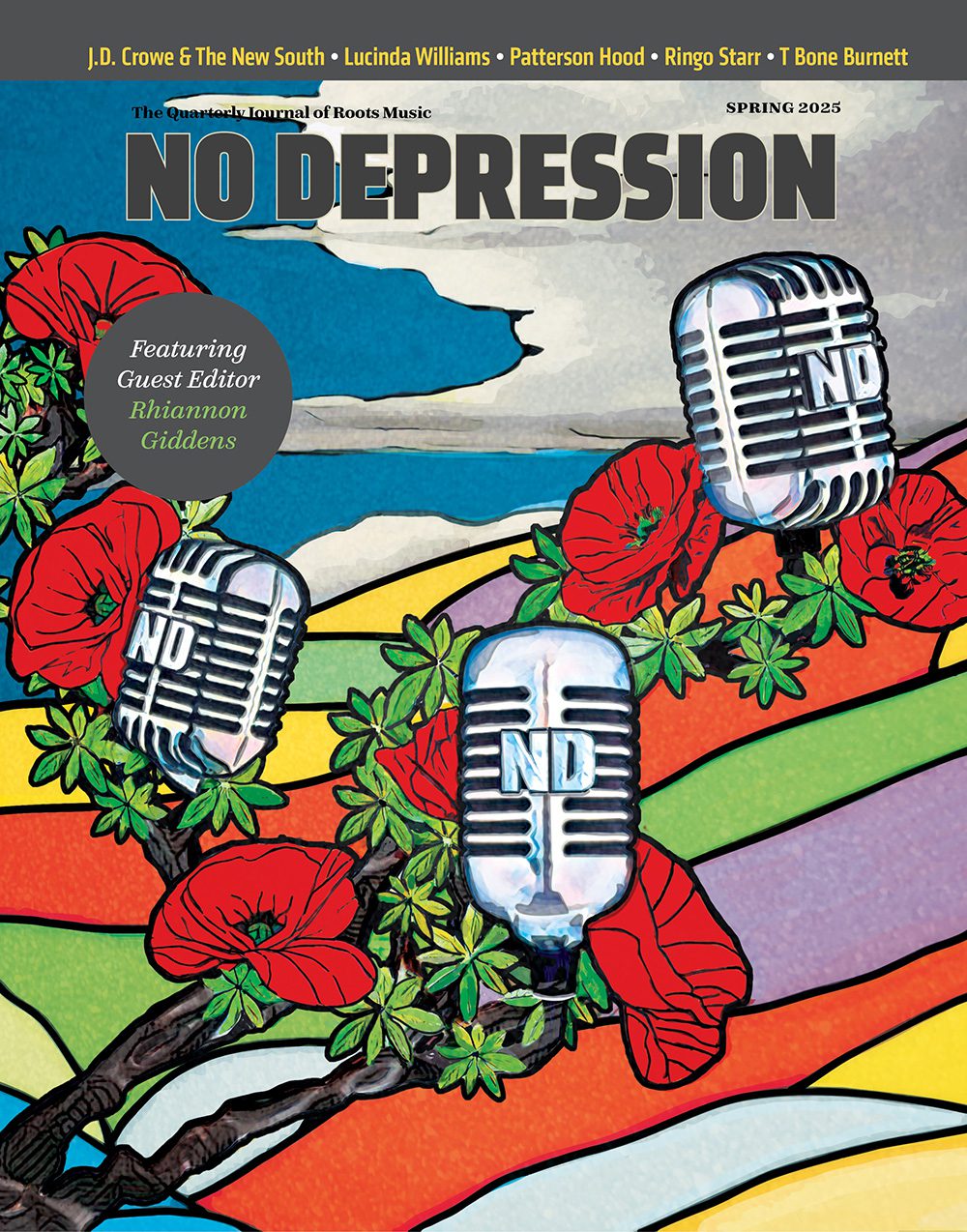Connie Smith – Too Cool To Be Forgotten
By 1979, after slowly weaning herself off the road, Smith quit the business to stay at home with her kids, who now numbered five. Feminists painted her as a reactionary, as a successful woman who had forsaken her career. Looking back now, though, Smith’s decision seems a gutsy one; ever since she left her first son at home to tour behind “Once A Day”, she had been looking for a chance to refocus her attentions on her family.
Smith became an Opry regular again in 1985, just as her youngest daughter was starting kindergarten. At the urging of Ricky Skaggs, she also cut a single for Epic, “A Far Cry From You”, The record barely dented the charts, but it’s noteworthy for being the closest Smith’s music has ever come to bluegrass, and for being penned by a then-up-and-coming Nashville songwriter named Steve Earle.
In the mid-’90s, with the last of her kids grown, Smith again cast about for collaborators. Music Row had changed a lot since her ’60s and ’70s heyday, and she turned to longtime fan Marty Stuart for help negotiating new waters. The two started writing songs together — they subsequently married — and, with a blue-chip contribution from Harlan Howard, came up with the clutch of songs that comprise Smith’s new self-titled album, due out on Warner Bros. in October Smith recently spoke with No Depression about the project, and about her life and storied career.
NO DEPRESSION: The way they make records on Music Row today is a far cry from the way y’all made them at RCA during the ’60s and early ’70s. How much of an adjustment was it for you when you went into the studio to make your new album for Warner Bros.?
CONNIE SMITH: It had been 20 years since I had seriously been in the studio and it was really traumatic, because I love recording and everything had changed. Matter of fact, getting into it, I almost thought, “I’ve lost it. I can’t do this anymore.”
When I sang in the studio at RCA we had this little box with some sound coming out of it and I just adjusted to that sound. Plus, I could pretty well fill up Studio B because I’ve got a pretty big mouth. I remember crying the day that Chet [Atkins] put me in Studio A because it was so big.
But we had a great studio at the Sound Emporium. That’s where I made my new record. I had double-scale musicians, the best in town. And Marty [Stuart] and Justin Niebank, who co-produced the album, they are both geniuses.
Another traumatic thing was that I realized I’d turned into a road singer. You’ve probably heard the term road musicians and studio musicians. After I dropped my band a few years back, I worked with bands that weren’t really familiar with my material. It was like I had to put the yoke on and pull them along. When I started doing that with the musicians on my record, I said, “What am I doing here?” Here I had these great musicians and I was pushing it and we weren’t getting in a pocket. And to me, the most important thing about a record is the feel, more than perfection.
So after all those adjustments, just about the time I got done with the album, I thought, ‘Hey, I got this now. Let’s start.’ I really can’t wait to make the next one. I’ve got a bunch more songs.
ND: You wrote very little of your material when you were with RCA and Monument, and yet you wrote or co-wrote everything on your new album.
CS: When I got serious about recording and started looking for songs, I couldn’t find anything that I liked. The songs that were presented to me were not the cream of the crop. I’ve always been a song connoisseur, and I’ve been real fortunate to have the greatest songwriters write for me. I’ve cut 68 Dallas Frazier songs, along with 33 Bill Anderson songs. So I got to thinking, “Who could I work with that would appreciate who I am and what I have done, but who also has a pulse on what’s happening today?” I was sitting at the kitchen table and I went over everybody I knew in my head and I thought, “There’s only one person I know of and that’s Marty Stuart.”
So Marty and I had a meeting and I started telling him about how I couldn’t find any songs that I liked, and he said, “Well, why don’t you write ’em? Have you written?” And I had. In years past, I wrote “I’ll Come Runnin'”, which was one of my biggest hits. I wrote “You Got Me (Right Where You Want Me)”. Reba cut that one right before she hit. Conway [Twitty] cut “I’ll Come Runnin'”. So did Warner Mack. And I wrote a song called “Ring Around Rosie’s Finger” that Moe Bandy cut. But I’ve never been into it much because it took time and concentration and I had five kids.
So Marty and I started writing together and that very morning from my house he called Harlan Howard. We met with Harlan a couple days later and wrote “How Long”, the first song on my album, from a song I had started in Branson three or four years before. We took it in a different direction, but it was great. I mean, that was an honor just to do that. I enjoyed it so much I started writing with a lot more people — Steve Wariner and Allen Shamblin and Curtis Wright. Marty and I alone wrote 30 or 40 songs together.
ND: You met Marty Stuart long before your recent collaboration, right?
CS: I met Marty when he was 12 years old. He came to one of my shows in Philadelphia, Mississippi, where he’s from. I was performing at the Indian Reservation. Marty had his mama buy him a new shirt that day, hoping I’d notice him. He said, “I waited on the hill all day for you to come in your bus.” And I said, “I don’t have a bus.” And he said, “I know, you have a blue station wagon.”




